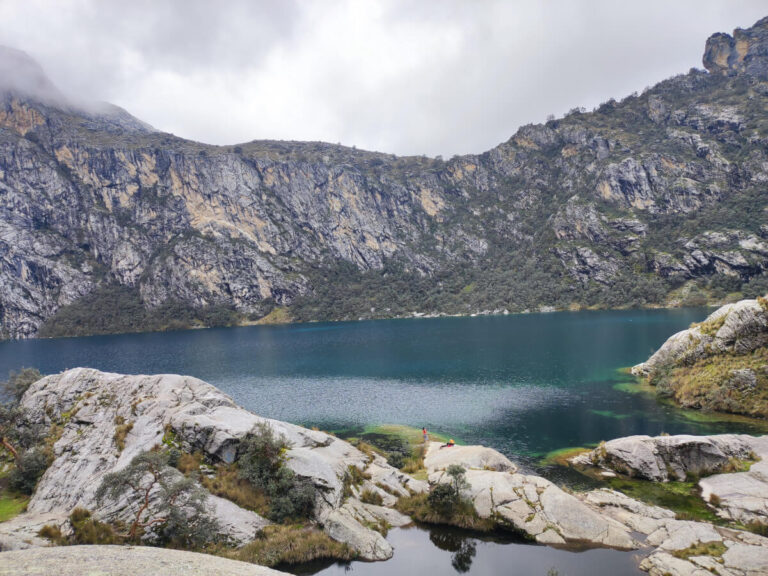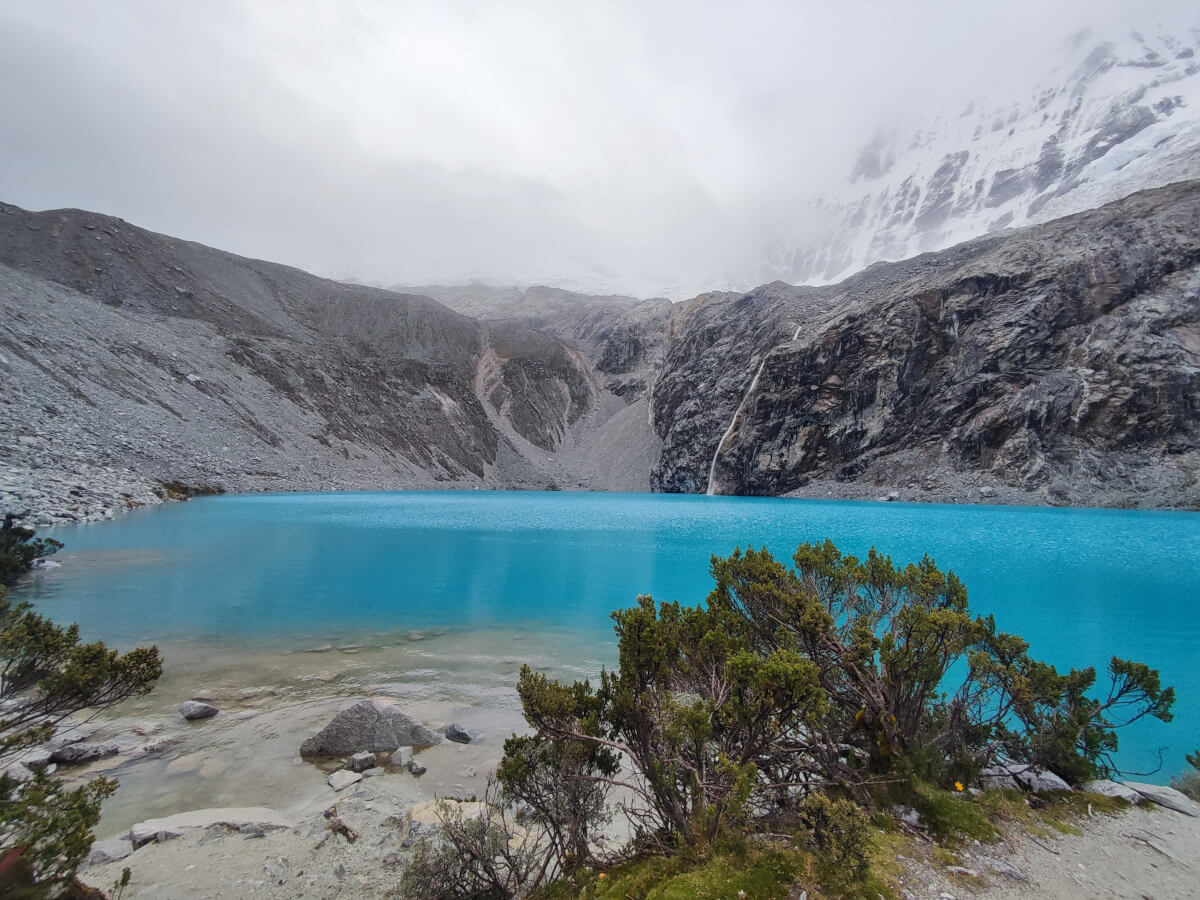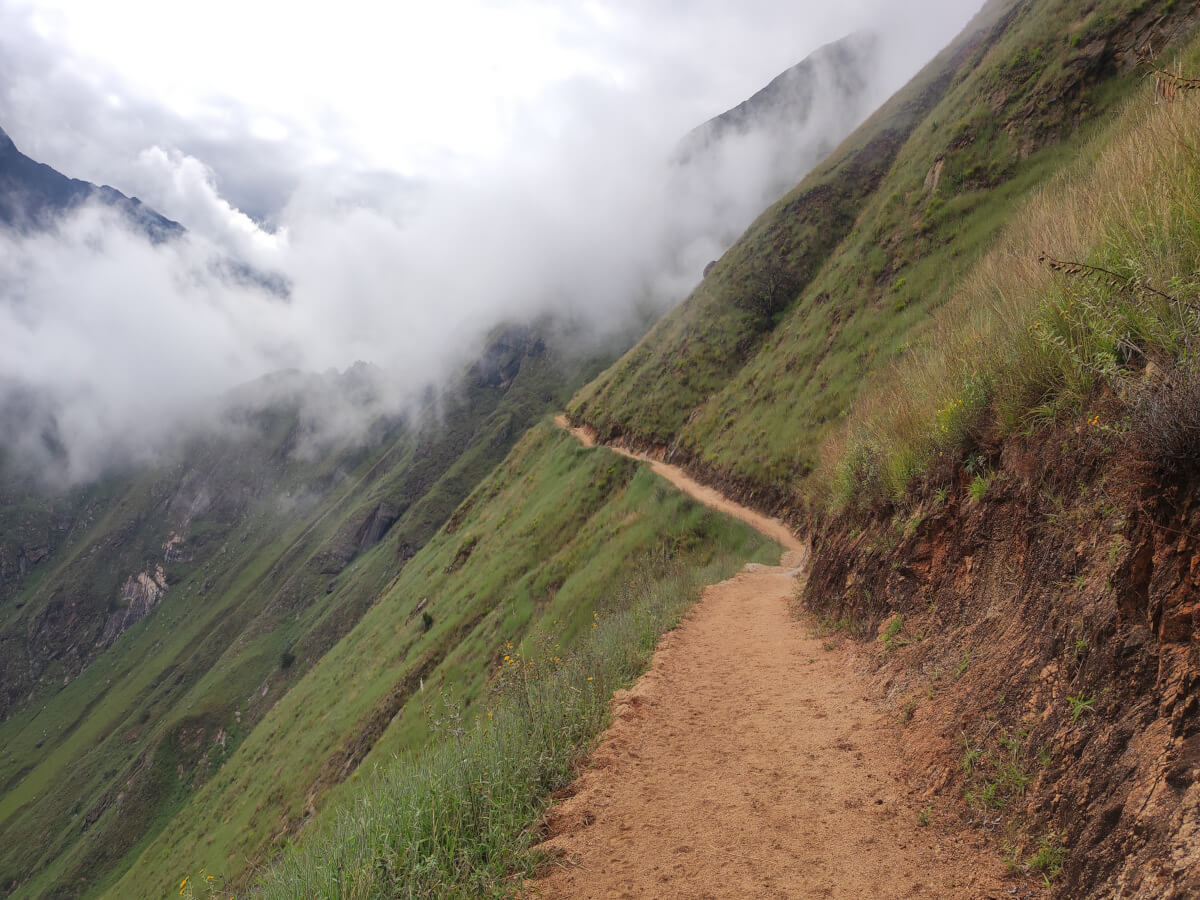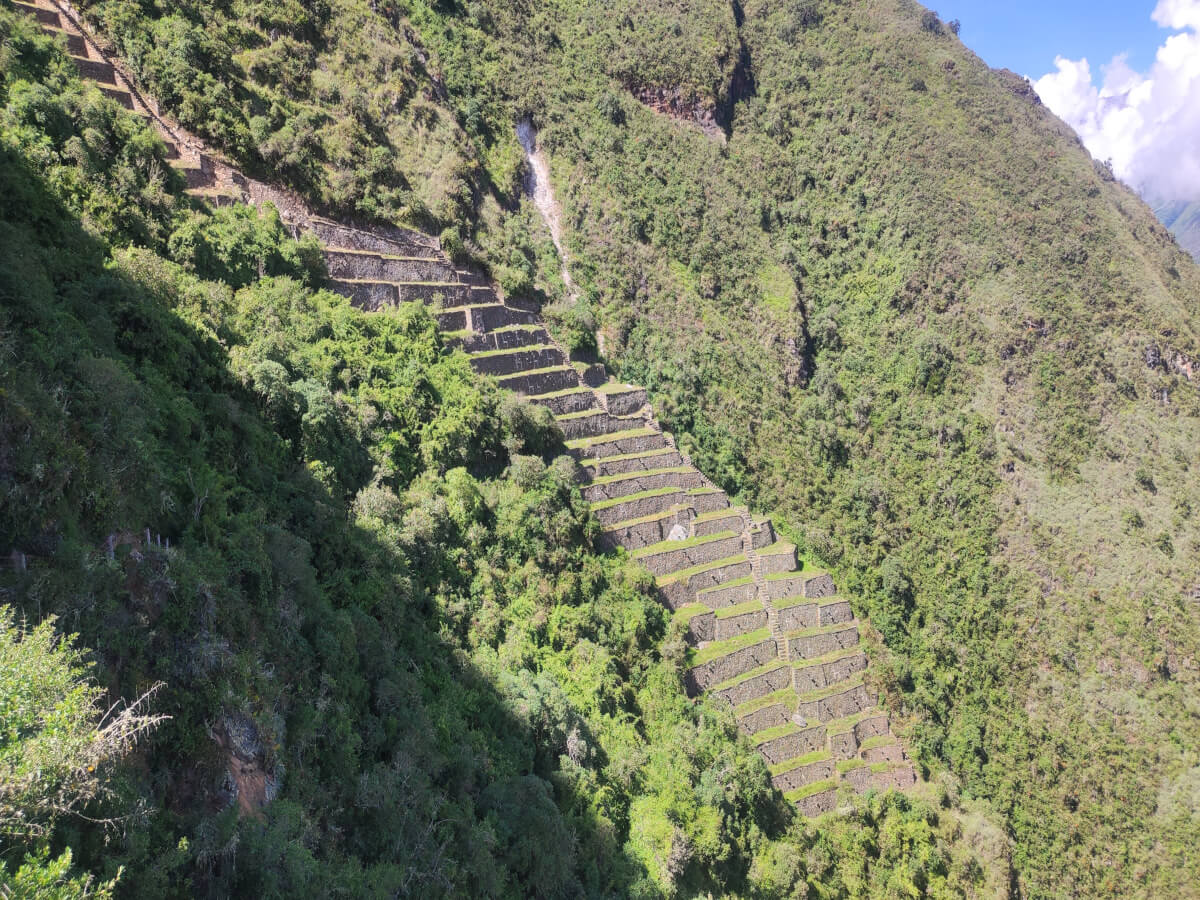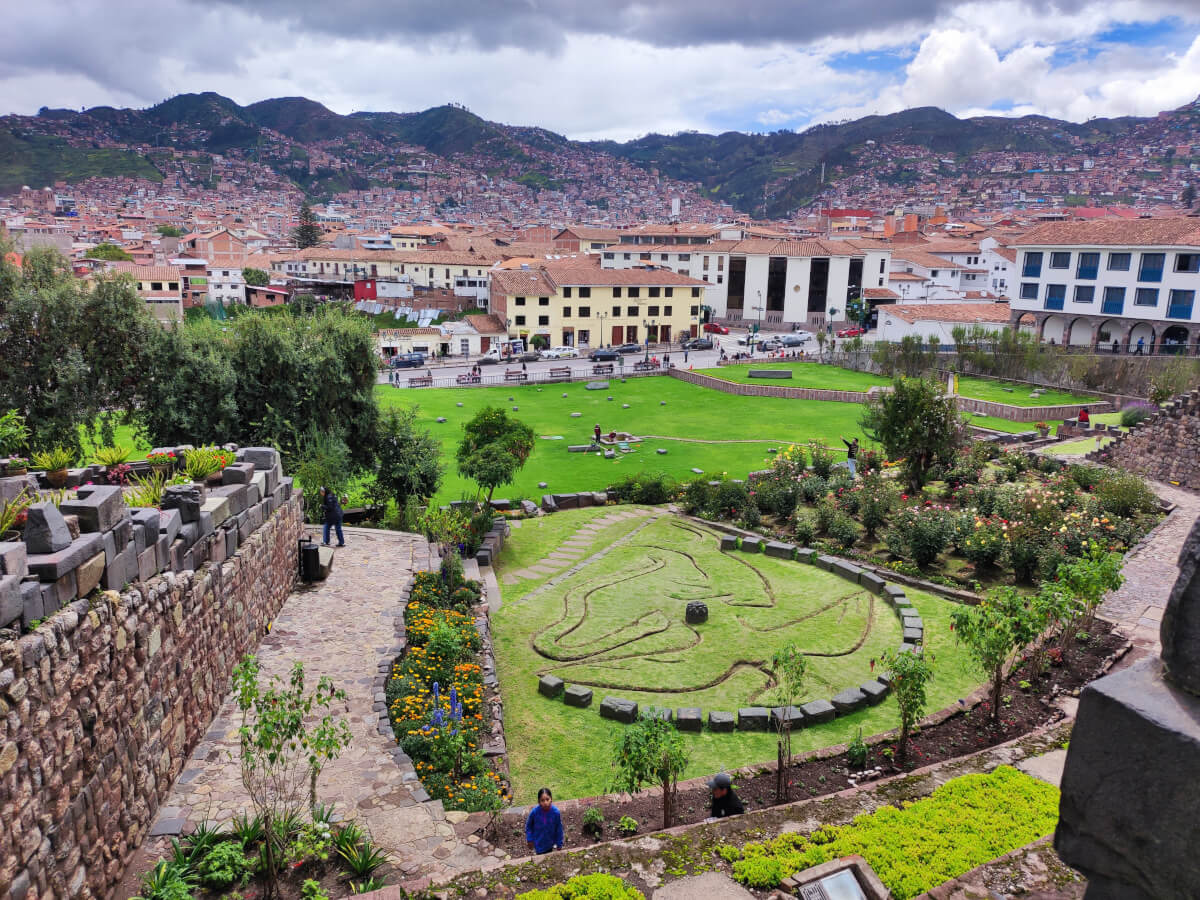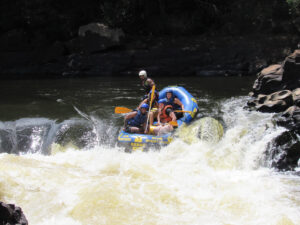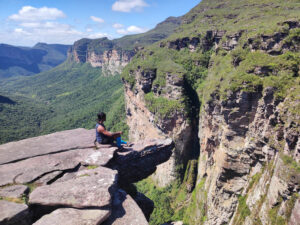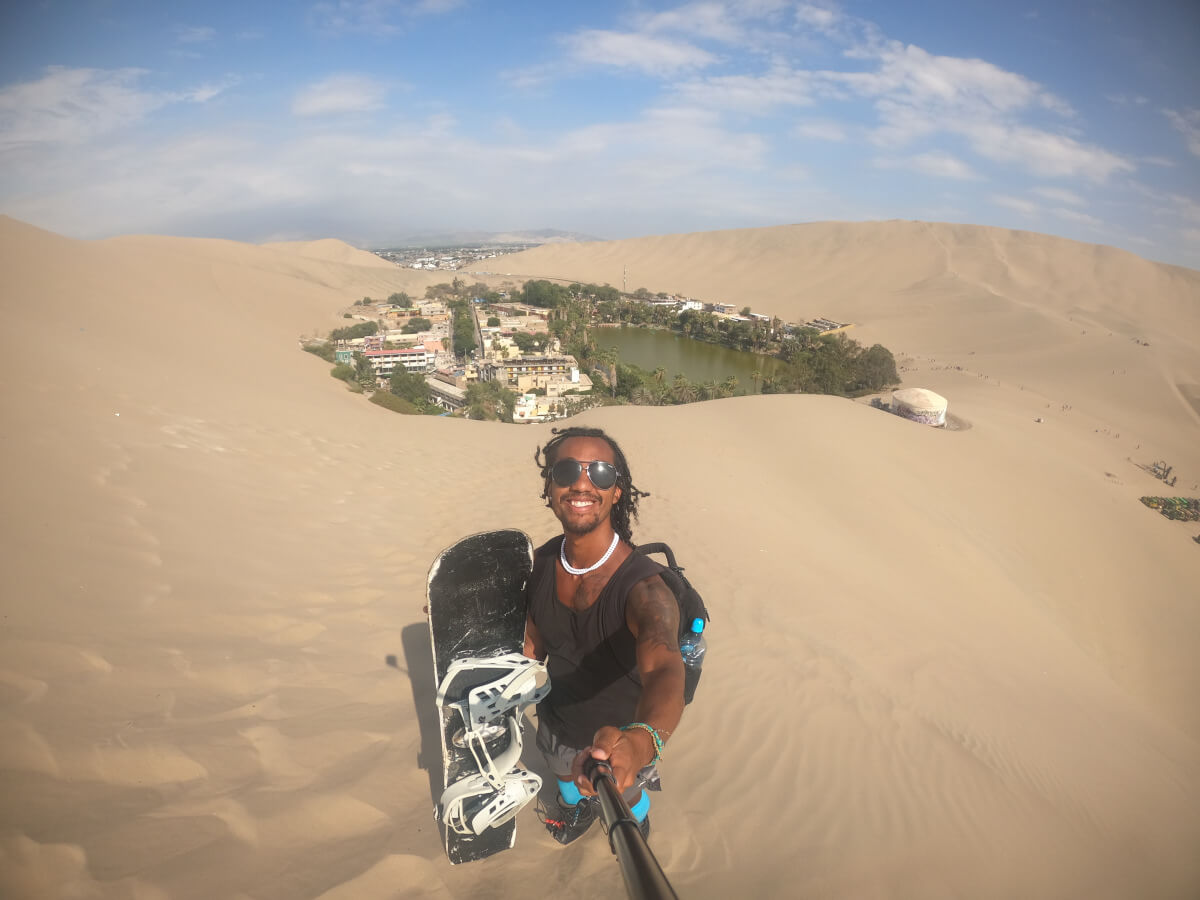
The Perfect 3-Week Peru Itinerary: Beaches, Mountains & Ruins
I’ve put together this Peru itinerary for 3-weeks to help you experience the best the country offers. From surfing in the north to hiking in the Andes and uncovering Inca history, this itinerary has a bit of everything Peru offers. Peru stole my heart from the moment I arrived. My initial plan was to spend only 30 days there, but


